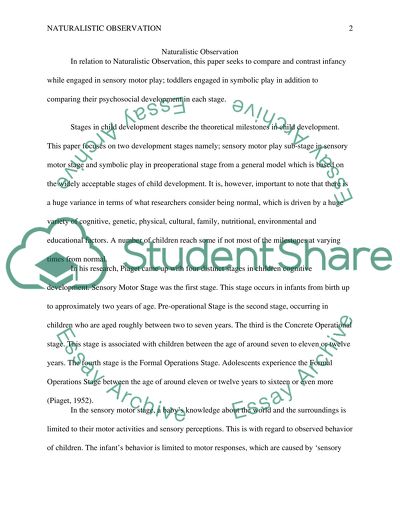Cite this document
(“Naturalistic observation Essay Example | Topics and Well Written Essays - 1250 words”, n.d.)
Retrieved from https://studentshare.org/psychology/1460911-naturalistic-observation
Retrieved from https://studentshare.org/psychology/1460911-naturalistic-observation
(Naturalistic Observation Essay Example | Topics and Well Written Essays - 1250 Words)
https://studentshare.org/psychology/1460911-naturalistic-observation.
https://studentshare.org/psychology/1460911-naturalistic-observation.
“Naturalistic Observation Essay Example | Topics and Well Written Essays - 1250 Words”, n.d. https://studentshare.org/psychology/1460911-naturalistic-observation.


